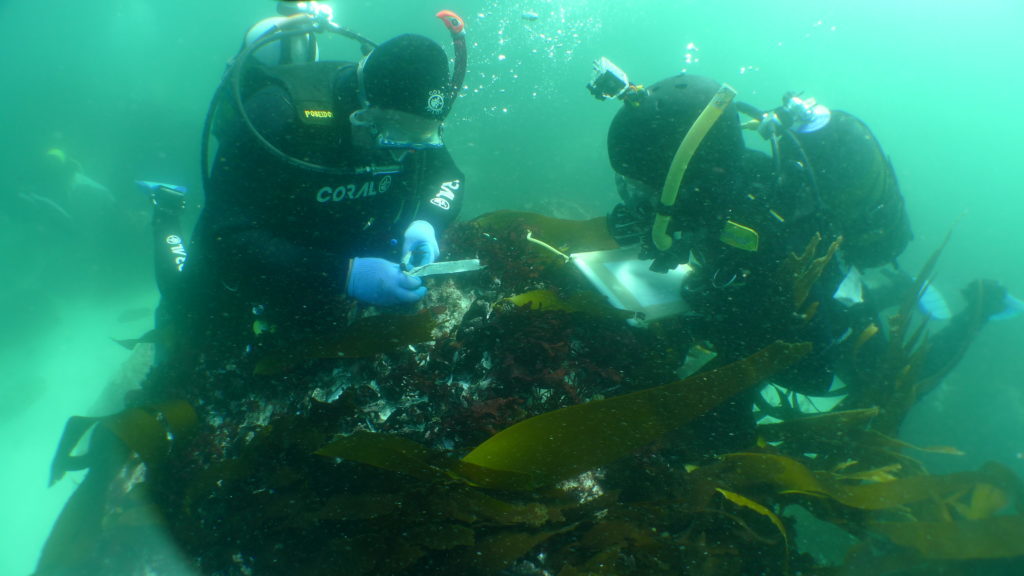For more than two centuries, the historic shipwreck of the São José Paquete d’Africa lay undiscovered on the bottom of the seabed not too far out from Clifton’s 3rd beach in Cape Town until earlier this year when it was found, and its location has now been named a South African National Heritage site.
The São José is the first ever preserved slave vessel to be uncovered, carrying with it a glimpse into a dark part of Africa’s past and believed to have transported over 400 slaves from East Africa to Brazil before meeting her end on the rocky Clifton coastline.
Artefacts from the ship are now on public display for the first time at the Iziko Slave Lodge in Cape Town as a permanent fixture, and they tell a horrific tale from the transatlantic slave trade era.
The Iziko Slave Lodge is open Monday to Saturday from 09:00 until 17:00.
The objects of this transatlantic slave voyage were carefully excavated, conserved and prepared for viewing as a central element of the Iziko Slave Lodge’s exhibition. The Slave Wrecks Project chronicles the story of the ship, its owners and captains, and the voyage that led to the its destruction off the shore of Cape Town.
A large interactive experience of the wreck site, created by the Smithsonian National Museum of African American History and Culture (NMAAHC), will also be on display in the exhibition.
“Bringing into memory the story of the São José within this global context is a significant and remarkable project. This is more than an African, American, Mozambican or European story. This story speaks more about our shared histories, than the constructed notions of separateness perpetuated in and throughout history,” said Iziko Chief Executive Officer Ms Rooksana Omar.
The pioneering project is one of the first successful ventures in the world that documents the archaeological remnants of one of thousands of vessels that carried slaves across the Atlantic Ocean.
The story of the São José, once a forgotten footnote in history for over 200 years, is now being brought back into collective memory. The stories of the slaves on board are represented by the collaborative work of researchers and scholars from Mozambique, South Africa, Brazil, Europe, and the United States.
The work of many on the Slave Wrecks Project still continues to undercover the mysteries of a time long gone and pay homage to those who lost their lives or were sold into slavery in the Cape, and whose descendants now live on and form part of the proud people of our country today.
Read more about the São José here.
Picture: Supplied






